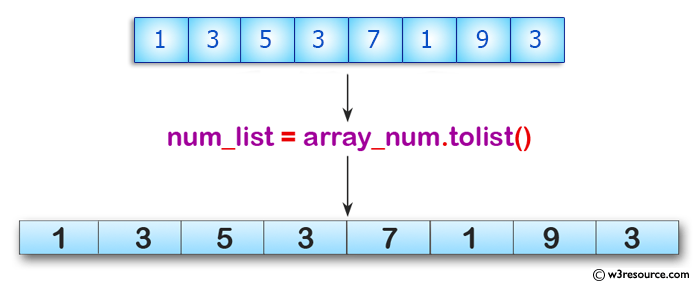

If an int, the random sample is generated as if it were np.arange (a) sizeint or tuple of ints, optional. Print(timeit. If an ndarray, a random sample is generated from its elements. Default is None, in which case a single value is returned. If the given shape is, e.g., (m, n, k), then m n k samples are drawn. The function takes a single parameter a sequence. If an ndarray, a random sample is generated from its elements. Print(timeit.timeit("alt(1024)", setup="from _main_ import alt", number=10000)) The simplest way to use Python to select a single random element from a list in Python is to use the random.choice () function. Print(timeit.timeit("sample_bits(1024)", setup="from _main_ import sample_bits", number=10000))

Rbytes = np.random.randint(0, 255, dtype=np.uint8, size=n_bytes) Here is some more demo-approach using numpy (which surprisingly does not have a method dedicated for this job exactly): import numpy as np If you need many bits or can pre-calculate bit-arrays for later consumption, numpy's methods might shine. Unlike randi, which can return an array containing repeated values, the. In this case, our sequence will be a list, though we could also use a tuple. r4 is a 1-by-5 array containing integers randomly selected from the range 1, 15. The function takes a single parameter a sequence. If you need single bits (one per call), you already did your benchmark and other answers provide additional info. The simplest way to use Python to select a single random element from a list in Python is to use the random.choice() function. Although method 1 is shortest (main advantege) for now I would choose method 3: def positive_or_negative():Īny better (faster or shorter) method to randomly generate -1 or 1 in Python? Any reason why would you choose method 1 over method 3 or vice versa? rand Convenience function that accepts dimensions as input, e.g., rand (2,2) would generate a 2-by-2 array of floats, uniformly distributed over 0, 1). Also both method 1 (since Python 3.6 I think?) and 3 give the possibility to introduce uneven distributions. Here, you have to specify the shape of an array. Into this random.randint() function, we specify the range. The Numpy random rand function creates an array of random numbers from 0 to 1. My bet was on method 1 to be the fastest as it is also shortest. To create an array of random integers in Python with numpy, we use the random.randint() function. Timeit.timeit(stmt = s, setup = "import random") 24 I wanted to generate 1 or -1 in Python as a step to randomizing between non-negative and non-positive numbers or to randomly changing sign of an already existing integer. # if I understand correctly random.random() should never return exactly 1

What would be the best way to generate 1 or -1 in Python? Assuming even distribution I know I could use: import random I wanted to generate 1 or -1 in Python as a step to randomizing between non-negative and non-positive numbers or to randomly changing sign of an already existing integer.


 0 kommentar(er)
0 kommentar(er)
